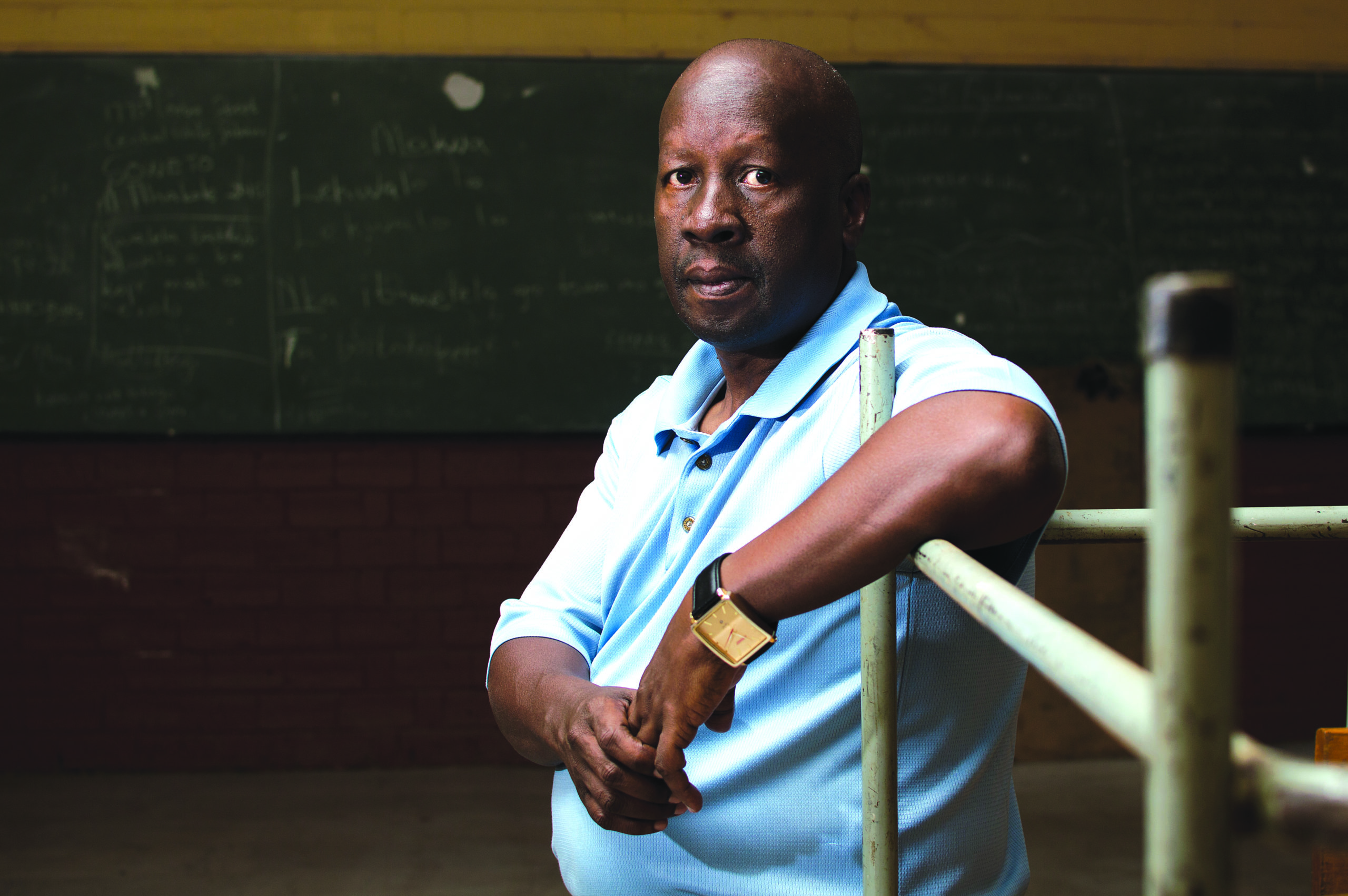Forty-four years ago on this day, bullets tore through a peaceful school protest in South Africa ending in bloody riots and an uprising that got the world’s attention. Two of the students from the time shudder as they reflect on that cold, dark morning in June.
Forty-four years ago on this day, ‘Soweto Uprising’, South Africa’s famed student protest, led to bullets, fire and tears and an iconic photograph the world came to associate with the country’s brutal apartheid regime.
On June 16, 1976, a day etched in blood in South African history, 13-year-old school student, Hector Pieterson, was shot dead in the police firing that ensued, a moment captured for posterity by photographer Sam Nzima.
Even today, there are those who distinctly remember the coldness of that dark day, when all that the students protested was being taught in Afrikaans, a language they felt was oppressive.
Oupa Moloto, now 63, who was then a student at the Morris Isaacson High School in Soweto where it all started and who was thrown into prison after that horrific day, recalls it vividly. He thought it was going to be a peaceful protest, but it turned out to be a day filled with bullets, police dogs, burning tyres and angry students.
Loading...
Moloto had first spoken to FORBES AFRICA in 2016 when he had shared all the details. The memories of that day will never fade away.
“Finding ourselves singing in the streets as young people, challenging the government of the day, it was just excitement. The sadness that is going to remain with us and going to be indelible in our lives is when the police started shooting at young people, that is the one incident that one will never forget for as long as I live,” he tells FORBES AFRICA.
The protests started in Soweto and quickly moved to other townships in South Africa such as Alexandra and Tembisa. Towards the end of the week, the whole country was standing up against the government and everybody got involved; even adults and children in Bulwer, a small town in the KwaZulu-Natal region where Duduzile Dlamini-Ndubane was a student at Pholela High School.

She says they were told not to go to class by a group of male students on that Wednesday morning, and she was not too sure how they had received the information on the nationwide protest against teaching in the Afrikaans language.
“We made our way to the school grounds, we started singing, some students didn’t even know what was happening but nonetheless stayed with the group. We were then chased out of the school grounds and told to go back home. It was a noisy protest but no police came and there were no injuries,” remembers Dlamini-Ndubane.
Today, she is a professional nurse based in the Mpumalanga province of South Africa and Youth Day to her is a constant reminder that unity is key.
“When we unite behind a great cause, we change not only the current situation, but we make history. Youth need to unite and fight the right causes to change the world for the greater good,” she says.
Back in Soweto, Moloto says the struggle of today is an economic one for young people.
“Students are looking for economic freedom, hence #FeesMustFall; they want to get into the institute of learning without being in debt because they believe education can help them to be part of the economy of the country,” he says.
“When Hector died in 1976, he belonged to no party, he was just a student who died for all political affiliations of the time.”
However, going back to the Soweto Uprising, Moloto disagrees on how the commemoration of it has changed from then to now.
“In 1977, when we were commemorating, it was more of a unity, all political parties would gather at Regina Mundi to celebrate, today, the fight is no longer in a unified fashion. The municipalities and organizations have their own way of commemorating like AZAPO visits the Tsietsi Mashinini grave and the City of Johannesburg visits the Hector Pieterson Museum. That lack of unity is what concerns me. As long as we are not united when we commemorate, this day does not have an impact,” he says.
“When Hector died in 1976, he belonged to no party, he was just a student who died for all political affiliations of the time; we need to unify.”
After that eventful day, the liberation movements benefited because thousands of students joined political parties inside and outside of the country. June 16 was a catalyst in South Africa’s struggle for democracy, and scripted by the students in the nation’s history books.
Loading...
